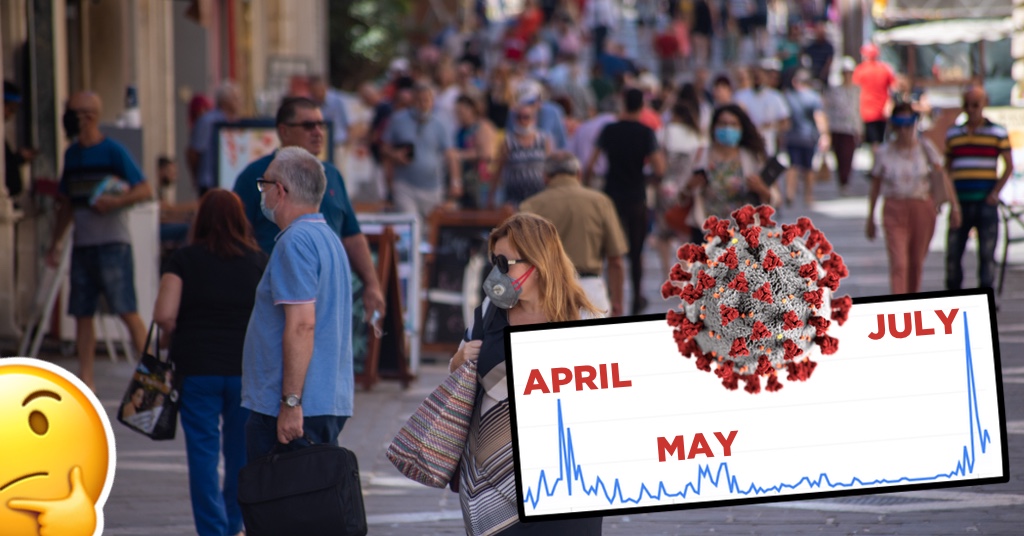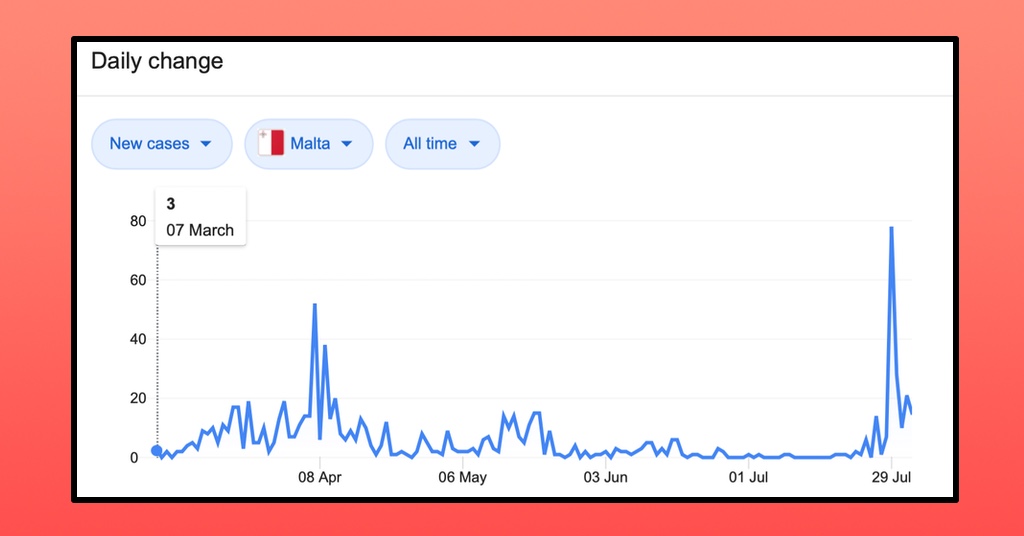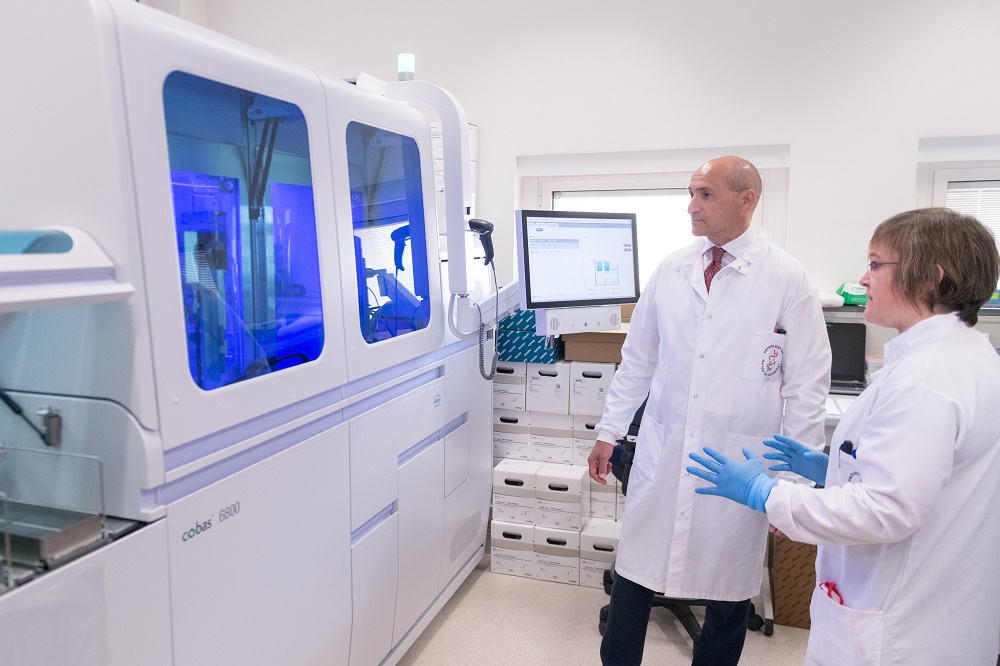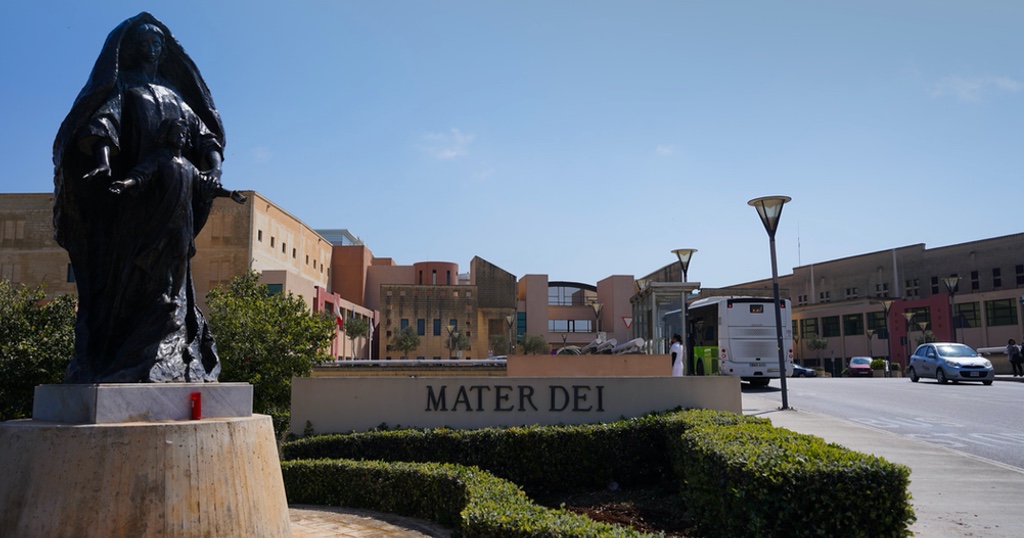River, Wave Or Tsunami? Analysing Malta’s Latest COVID-19 Numbers In 2020’s Context

Much has been said of Malta’s recent COVID-19 numbers, with people on either side of the fence vehemently arguing in favour of their own narrative. But what does it all mean from an objective, statistical point of view… and how do these stats stack up to the last time the islands recorded daily increases these substantial?
Beyond what you might think of our government’s initial response to the global pandemic or even our island’s current situation, here are the cold, hard facts of this recent spike of COVID-19 cases in Malta, and how it all compares to March’s inital wave of cases.
1. First things first, let’s look at the curve
Malta confirmed its first case of the virus 149 days ago, on Saturday 7th March.
Ever since words like “coronavirus” and “symptomatic” became part of our daily vocabulary, phrases like “flattening the curve”, “spikes” and “waves” followed.
As expected, it didn’t take long for increasing daily cases to plot a rising curve in graphs all around the world.
Thankfully, Malta’s curve went back down relatively quickly as restrictive measures started rolling out, with the COVID-19 “tsunami” turning into a “river” for the following couple of months, a feat Health Minister Chris Fearne had stressed on during multiple press conferences.
When looking at the last two weeks, however, an all-too-familiar spike shows up.
From a purely statistical point of view, this spike’s peak (78 new cases) manages to exceed even the worst of the first wave, 7th April’s 52 new cases, and the rest of it isn’t look too flat either.

Malta's new daily cases of COVID-19, from the very first day the virus landed on our shores back on 7th March
2. But is this recent rise in cases steep or not?
Well, it depends on what you consider to be steep. But let’s just look at the actual numbers.
On Friday 24th July, Malta had 12 active cases.
By the following Friday (31st July), that number had gone up to 171.
Simple math will reflect a rise of 1,325% in seven days.
Whether you think that’s steep or not is entirely up to you, but it definitely earns these last two weeks a place in Malta’s Hall of Fame as far as COVID-19 statistics go.

3. Sure, but most of those active cases are migrants, right?
Well, yes. And no.
On the evening of Tuesday 28th July, the sobering news that 65 rescued migrants from a group of 94 had tested positive for COVID-19 reignited an already raging debate about Malta’s immigration policy and the number of measures the country is taking in the wake of any potential future waves of the virus.
Two days later, the total number of rescued migrants who had tested for COVID-19 had risen to 85.
And while that’s definitely a substantial number that needs to be put in important context (containment on a boat and instant transfer to isolation surely don’t translate to the same amount of potential health risks to the population than one guy with a bunch of acquaintances mingling at a party), let’s not forget that Malta’s current active cases stand at 199.
Two particular clusters – one from a hotel takeover pool party and another from Santa Venera’s feast – have consistently come up with new cases every single day (right up to four new cases by Sunday). At the time of writing, another cluster – this time simply traced back to Paceville – is still coming up with new cases. By yesterday, it was five more infections.
So while a chunk of 85 infected migrants might be perfect fodder for both the anti-immigrant camp and those calling for everyone to “calm down and stop spreading fear”, the numbers without them aren’t anywhere in the green anyway.
In fact, the rise in cases between Friday 24th and Friday 31st July without counting the COVID-19 positive migrants is 442%.
And while any rise that’s four times as much as 100% should already instantly act as a red flag, the nature of these cases is what makes them even more worrying to a portion of the population.
Local, sporadic cases are already indicative of local transmission. Having more patients come up from single case-clusters over consecutive days merely shines a light on the efficiency of said transmission.

A group of 94 rescued migrants arrive in Isla, just before being instantly tested and isolated. Sreenshot from a NET News Live video
4. What had happened the last time Malta registered similar numbers?
On 7th April, when Malta registered 52 new COVID-19 cases – the last big spike so far – Minister Fearne had still sounded optimistic. Explaining that the state had actually predicted Malta would reach these numbers even earlier, Fearne said it was the added measures the government had implemented that had prevented the rise from happening before it did.
Two days later, Malta registered 38 new cases of COVID-19. Patients included a pregnant woman, two children, shop workers and even a healthcare worker at an old people’s home.
“This is the start of the curve and it is slowly climbing upwards,” Public Health Superintendent Charmaine Gauci had said during that day’s press briefing. “It is important for us to continue with our containment measures.”
By then, all non-essential retail stores and services had been closed for 18 days. All public gatherings had also been banned for over two weeks. This had happened on 22nd March, after 17 new COVID-19 cases had brought Malta’s total number of active cases up to 90. All inbound flights to Malta had also been suspended, just 24 hours earlier.

5. Wait… but hasn’t there already been a second wave?
Again, it all depends on how you interpret the numbers, and what you feel constitutes a wave, a river, a tsunami, or any of the buzzwords that are currenty being thrown around.
The last time Malta registerd a rise after a substantially good streak, however, was mid-May.
Back then, following 24 straight days of ever-decreasing infections, Malta had suddenly gone from 58 active cases to 93 in one week. That’s a 60.34% increase, something that had only happened three times before. And that had prompted multiple fears and arguments of second waves.
This time, the rise has been 22 times bigger. Or seven times, if you refuse to count the migrant cases.
So at best, this current spike is seven times more steep than the last time anyone had mentioned anything about waves. On that occasion, Prime Minister Robert Abela had dismissed any claims, saying “waves are in the sea”.

Mid-May's "second wave"... and how it matches up to COVID-19's initial landing in Malta and the recent spike in cases
6. This is too much doom and gloom for me. Is it really that bad?
Well, surprise surprise: that’s up for interpretation.
The above numbers are what they are, but they’re not the only ones either. There’s also a bunch of hopeful statistics in there.
For example, while the country currently has 199 active cases – which, compared to our lowest instance of three active cases just 17 days ago is a rise of 6,533% (yes, really), it’s been 66 days since anyone in Malta died from COVID-19. There’s also now been 666 total recoveries so far (I guess the number of the beast can be positive sometimes?).
More importantly, while specific details on Malta’s current COVID-19 patients are a little scarce and we’re not getting much information on their individual conditions in the same way Charmaine Gauci would divulge during her daily briefings, it seems like only one of those current 199 patients has required medical attention at Mater Dei’s Infectious Disease Unit so far.
Meanwhile, swab testing has shot back up, hitting a record high of 1,748 last Friday. The other days aren’t much lower either, with the number of swabs always hitting well over 1,000. Of course, this is to be expected, considering the country has only recently identified a couple of active clusters and kicked off rigorous contact tracing… all while local sporadic cases are still showing up and shops, restaurants, clubs and our airport remain open.
Finally, we might’ve gotten a run of barely any recoveries in the last couple of weeks, but with most of Malta’s new cases being young and active for over a week now, we should soon be seeing a new slew of recoveries which would drastically lower the island’s current active cases… provided we don’t keep getting double-digit new cases every single day till then.
